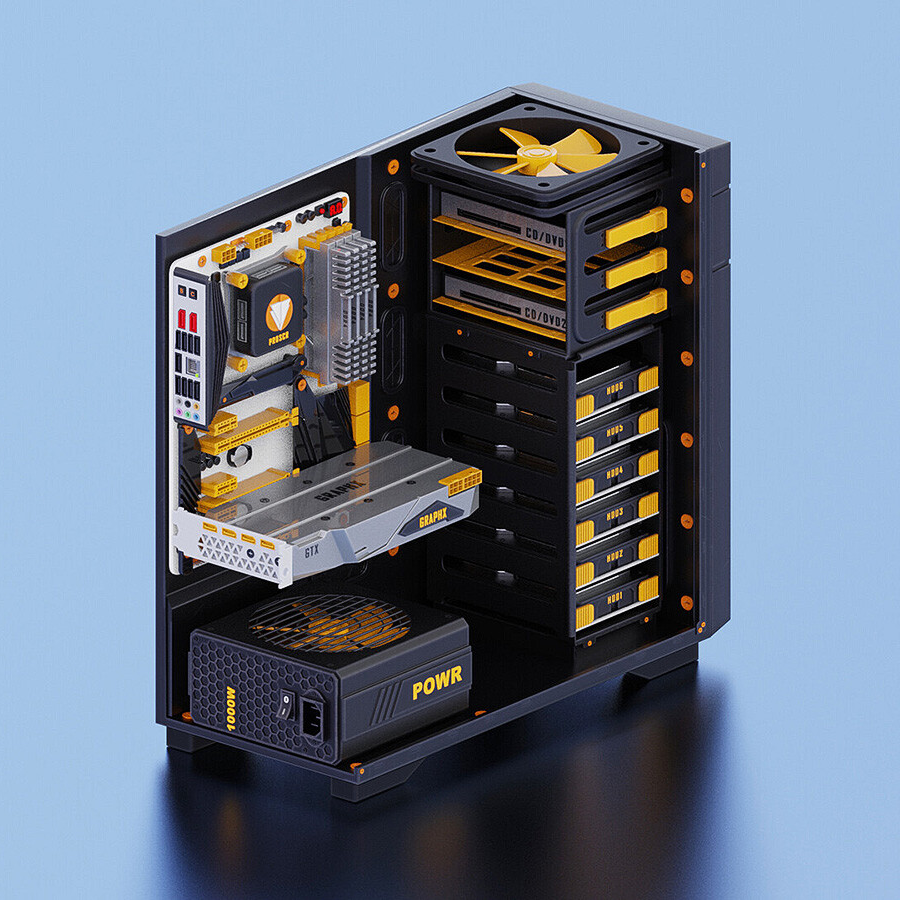I am building a new PC. I want to run Linux and windows on separate SATA 2.5/3.5 SSD hard drives. I need windows (Winn11 Pro) for work. Linux will run all personal computing needs.
I have a horrible history with dual booting Linux and windows (grub getting murdered).
I currently plan to shut down the PC, switch power to the drives, and start up on the other OS.
Can i use a switch which only toggles power to each drive while keeping data cables attached to accomplish this? Will this be possible with windows on one drive?
Is there a smarter solution?
Example: https://www.amazon.com/Kingwin-Optimized-Controls-Provide-Longevity/dp/B00TZR3E70
Thanks!


I hear about this happening with disk partitions, but this shouldn’t happen on independent disks. I’ve been using fedora alongside win10 and 11 for several years now with no issues.
One thing worth noting is that windows will attempt to place it’s bootloader on SATA 0, regardless of where its OS files are situated. I’d recommend disconnecting all other disks when installing Windows.
The device you linked is interesting, however. I wish there was a a hardware mechanism which offered you different power buttons for the OS you’d like to start into from a cold boot, though I could see the option you linked working depending on boot order.
Cool thanks for the info! Ill put win on sata 0 and install before putting the second drive in!
The hardware switch idea would be to preclude bios boot leader selection altogether
It’ll only attempt to place those files on sata 0 if there’s a disk connected. I’m not sure if it will move up the index in lieu of disk0, I suppose I should test that at some point.
In any case, you can just isolate it on first install at any SATA slot you find convenient; in-place systme upgrades shouldn’t move things around afterwards.